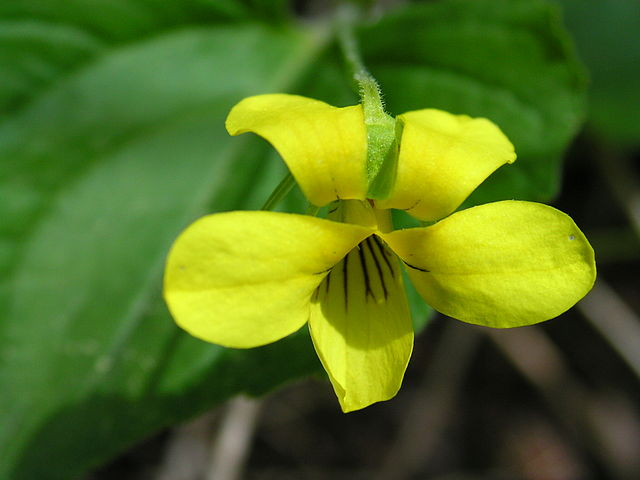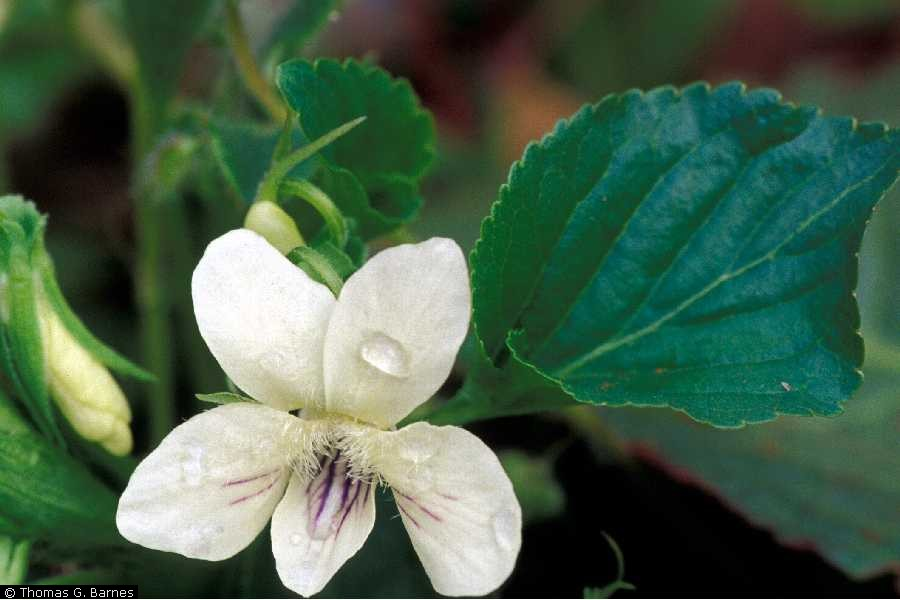Humans see a vast array of colors, ranging from red to violet. I remember learning the acronym Roy G. Biv (Red, Orange, Yellow, Green, Blue, Indigo, Violet), the acronym elementary schoolers use to memorize the colors of the rainbow. Humans see the visual light spectrum, which is the range of light in the electromagnetic spectrum that humans can perceive. The picture below shows the whole electromagnetic spectrum… and we can only see a small sliver of it. While the human body is an impressive patchwork piece, our eyes are much less remarkable compared to other creatures.
We have photoreceptor cells called cones and rods. Rods differentiate grayscale coloration, while cones allow us to see all the pretty colors in our daily lives. When light shines into our eyes, these cells will receive the light and sort each color. The shortest wavelength that humans can see is violet and the longest wavelength is red. Humans can see many more colors compared to other animals such as cats, dogs, frogs, and fish; however, some animals have a wider range of color vision, such as bees.
Bee sight ranges from orange to ultraviolet light. Having this extra sense is a giant advantage for bees, because they can see patterns that are not clearly seen by human eyes. Some flowers have leaf coloration that shows where the nectar is, and a subset of these have leaf patterns that are only visible to animals that can see ultraviolet light. These leaf patterns are called nectar guides. They lay out a clear map to find nectar for animals like bees. Humans have photoreceptors that respond to colors in the range of red, blue, and green. Red, blue, and green colors can be mixed so that we see the range of the human visual light spectrum. Bees also have photoreceptors that respond to three colors; however, their range is inclusive of ultraviolet, blue, and green.
Right now, it is early April and the spring ephemerals are blooming. A few examples of these early spring blooming plants in Georgia are the Downy Yellow Violet (Viola pubescens), which has reddish nectar guides and the Striped Cream Violet (Viola striata), which has violet nectar guides. Bees will be able to zoom over to these flowers and follow the specialized nectar guides to get nectar from the plant in exchange for the pollen that they have carried over from other plants. Usually flowers with one color will have these UV nectar guides. Flowers that have multiple colors are more likely to have a visible pattern to show where the bees should go.
Another example of how we see versus how bees see is in the Apache beggarticks (Bidens ferulifolia) seen in the picture below. While this is not a spring ephemeral, it is a flower native to the southwest where the nectar guides can clearly be seen. We see a bright, sunshiny yellow flower. In contrast, bees see a bullseye where the nectar is located. This is highly efficient and a great time saver for these animals. Imagine if we could just walk into a grocery store and have a bullseye on the specific item we needed. That would be much more efficient, right?
Humans need to understand that bees are treasures in our environment because of their special talents, which include their funky eyesight. They go through this mutualistic ritual with flowers for pollination in exchange for a sweet treat, nectar. Bees are one of the most needed pollinators – i.e. they pollinate a third of our crops. They have been a conservation topic for some time now, playing a role in programs like “Connect to Protect†at the UGA Botanical Garden for conservation and science initiatives. Some long term threats that bees face include climate change, habitat loss and fragmentation, invasive plants and bees, low genetic diversity, diseases, and the greater use of pesticides. Without bees, we would not be able to eat the variety of foods we eat now. Without bee sight, they would not be able to pollinate as efficiently as they do now. So, when you go to eat breakfast, lunch, or dinner be thankful to a bee and their wild eye sight because they quite likely pollinated the piece of food you’re eating now.
About the Author
Chazz Jordan is a Ph.D. student in the department of Plant Biology at UGA. She studies coneflowers and how their physical traits, genes, and pollinator interactions have evolved over time. By looking at their evolution, she hopes to evaluate how they will endure over time in the era of climate change. When she's not hunched over her coneflowers, she's probably collecting houseplants, watching nostalgic childhood movies, or aimlessly wandering the forest looking for weird fungi and plants.
- Chazz Jordanhttps://athensscienceobserver.com/author/chazz-jordan/March 22, 2022
- Chazz Jordanhttps://athensscienceobserver.com/author/chazz-jordan/









